How to Check Your Tyres
Overview
Setup Your Vehicle
The best set up to check your tyres is to park your vehicle with the engine switched off, handbrake on. You do not need to turn your vehicle on to do this check.
Learn more about checking vital engine fluids here.
Learn more about checking your lights here.
Learn more about checking your wipers here.
Learn more about checking for clues around your vehicle here.
You can find replacement tyres and tyre fitment soltuions for your vehicle by using our Tyre Services. All you need to do is punch in your tyre size and location. You will be suggested a large range of tyres to suit and fit your vehicle along with fitment soltuions in your area.
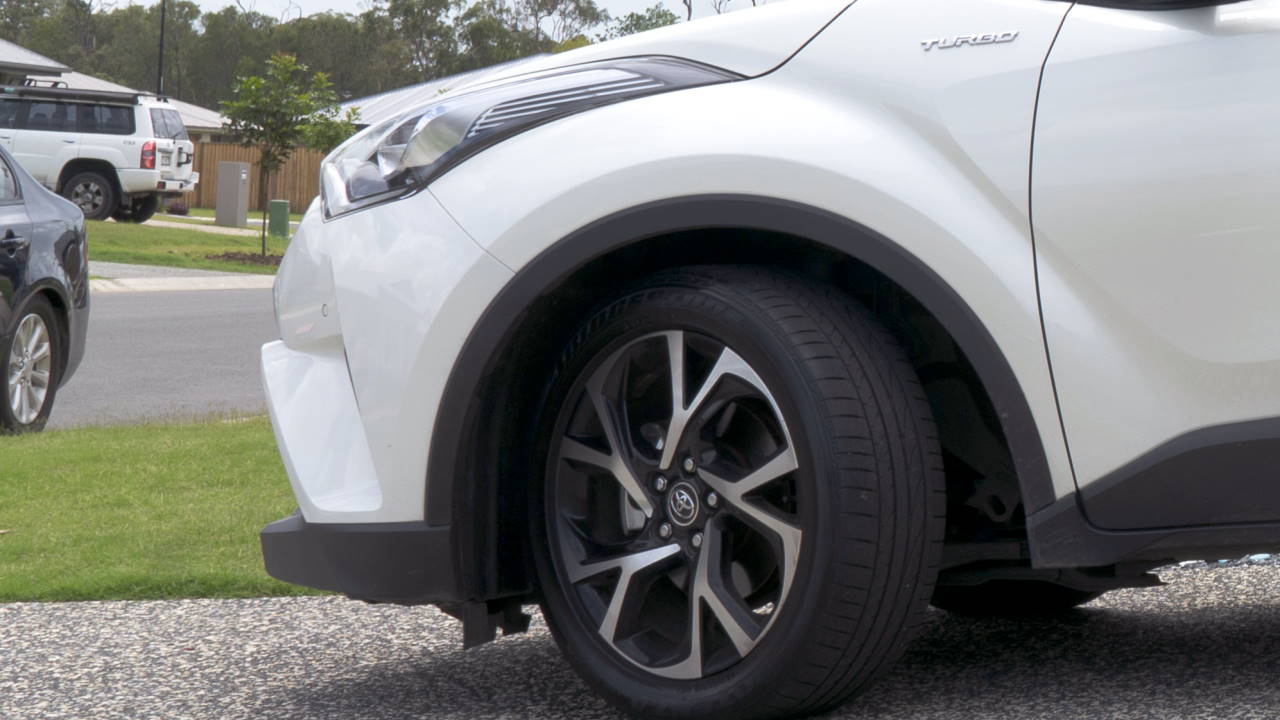
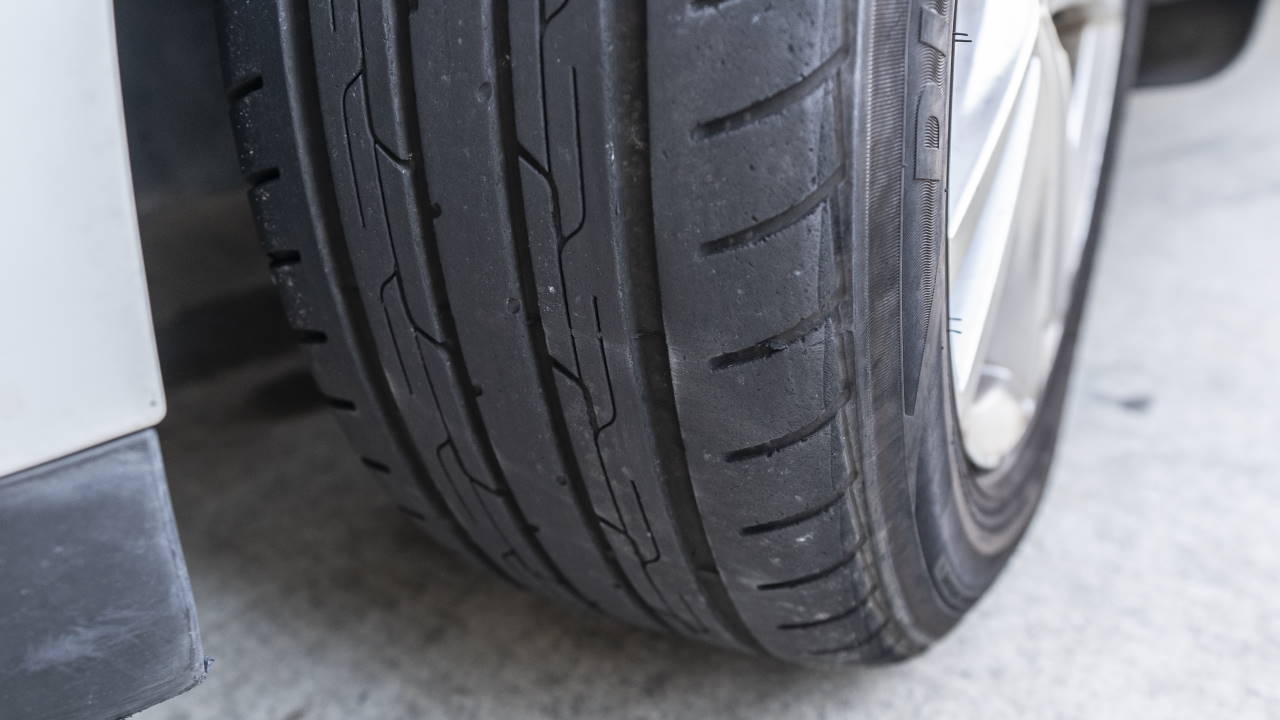
Why is tyre pressure Important?
Regular checks monthly or before a road trip is a good way to ensure your tyres are in good health for peice of mind. Incorrect tyre pressure can result in poor car handling, increased braking distance, and uneven wear.
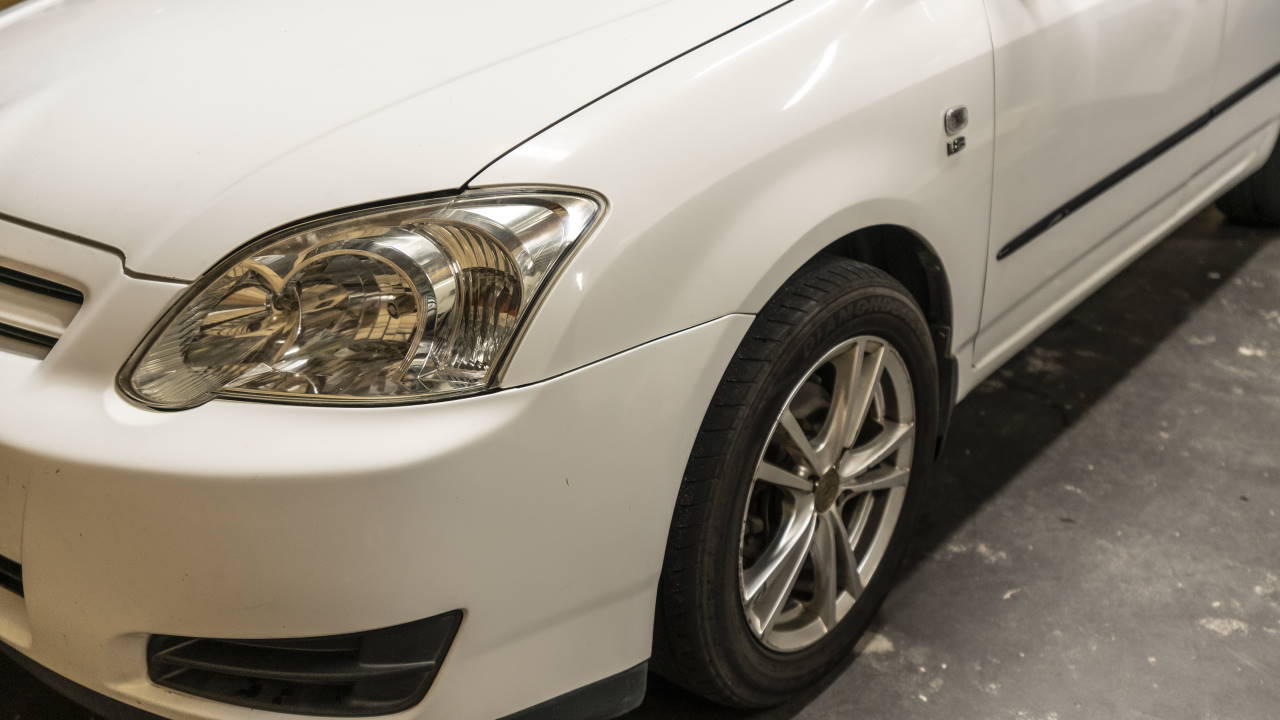
What is my recommended tyre pressure?
When checking your tyre pressure, the first step is to find out what the right pressure for your car tyres is. This can be found on the tyre plaque, usually located on the inside of the driver’s side door. It suggests the recommended inflation levels for both normal and maximum loads. Check the vehicle manual if you can’t find it.
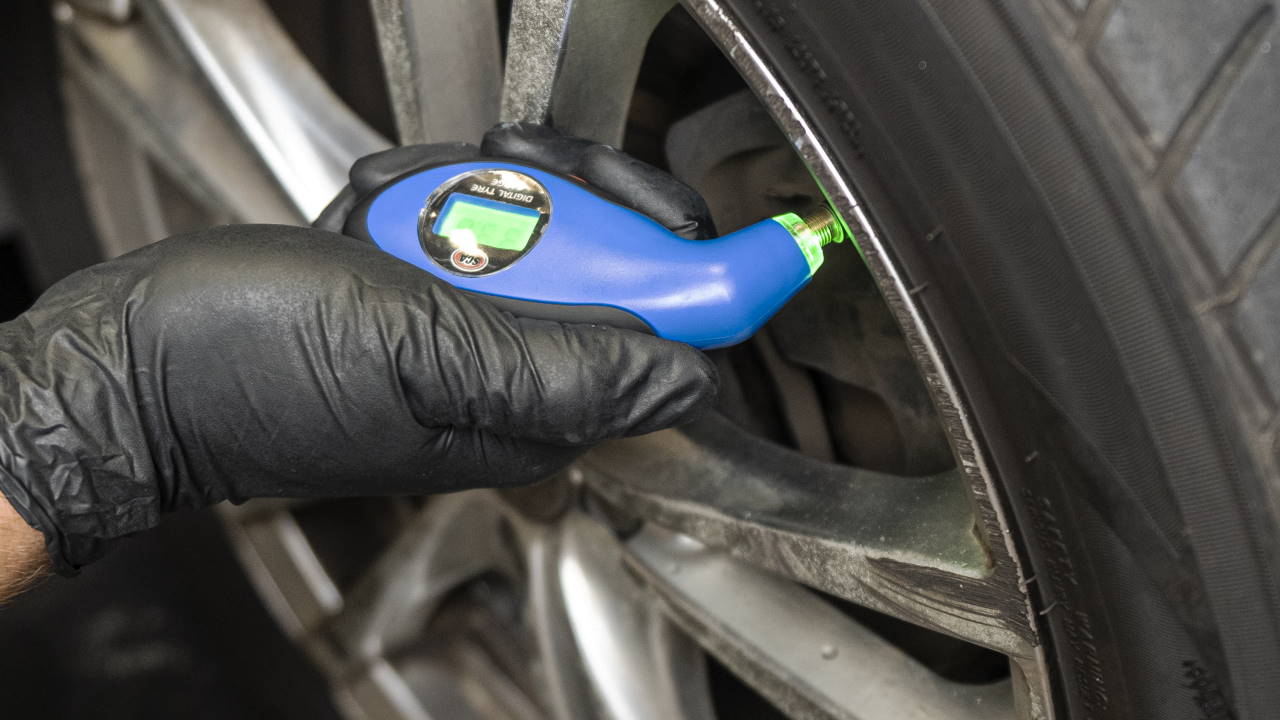
Checking tyre pressures
The next step is to remove the tyre valve cap and place the tyre gauge onto the valve for a second to get a reliable reading. Compare this reading to the manufacture recommendation and arrange to top up at your local service station if required. When you have finished checking your tyre pressure, always make sure you replace the valve caps as they act as a secondary seal if the valve is leaking. NOTE: You might notice a pressure rating on the tyre itself, this isn’t your recommended pressure but the maximum tyre pressure for that specific make of tyre.
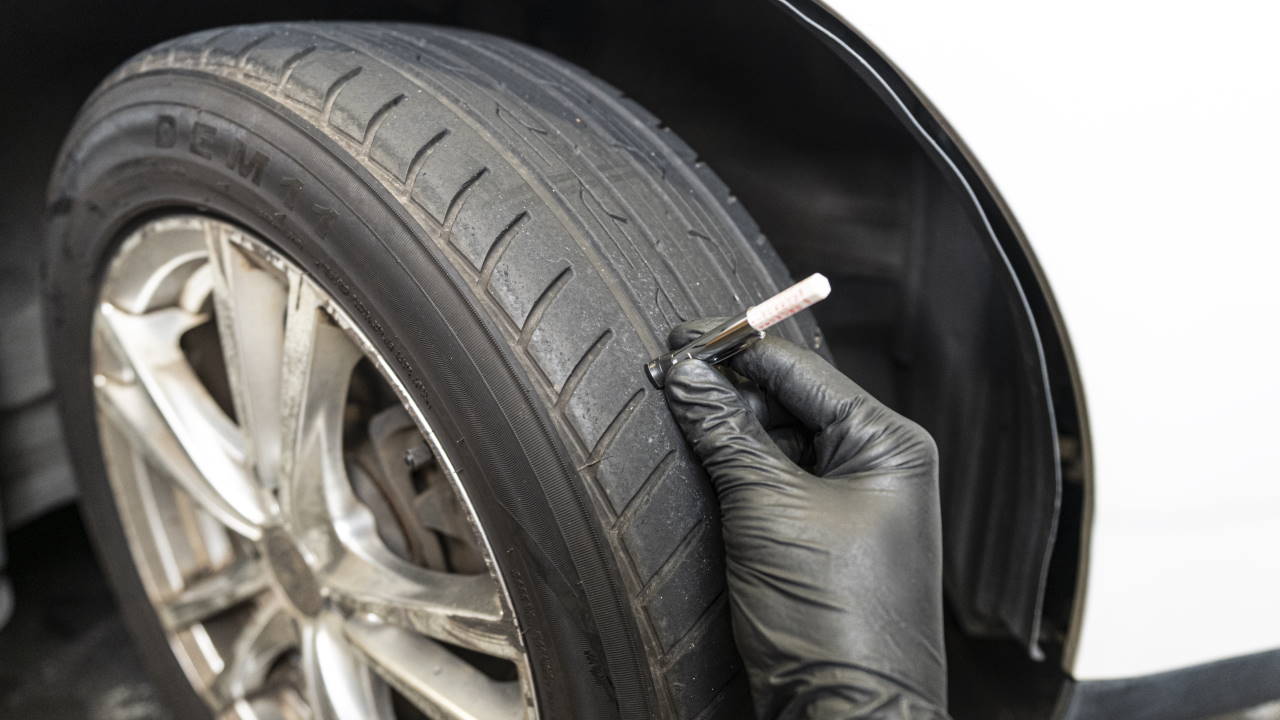
Using the Check It tyre tread depth gauge or similar style, insert the gauge into the tread groove at the outer, inner and middle points of the tyre:
- 4-13mm: The tread is good for road use
- 2-4mm: Visit your local tyre specialist for advice
- Less than 2mm: Seek replacement from your local tyre dealer
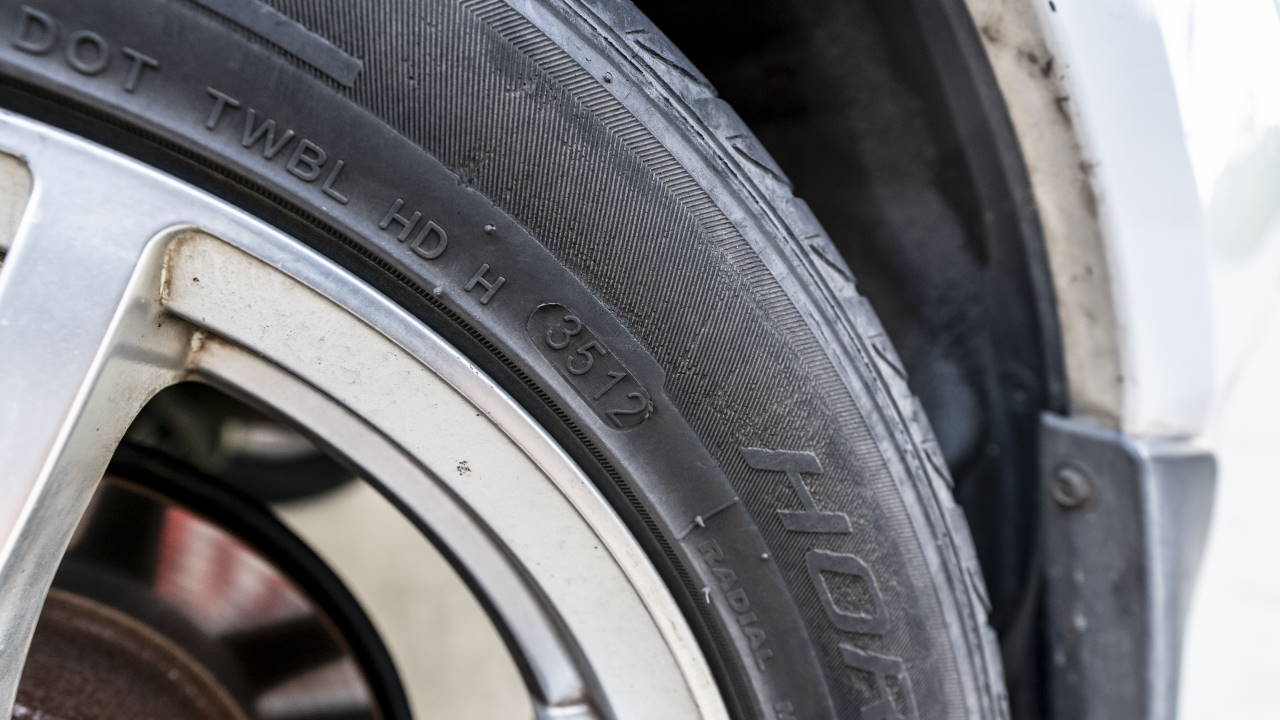
Checking tyre condition
In addition to the tread, also check each tyre for damage. If the tyre has been under-inflated, there is going to be more flex in the sidewall resulting in wear along the shoulders of the tyre. If it’s been over-inflated, you will find increased wear through the centre of the tyre. Also check the overall condition of the tyre, hairline cracks, rubber degradation and the DOT manufacture date. The date is formatted as the week number followed by the year number. For example, 2414 is the 24th week of 2014. How old is too old? It depends on many factors, but we know that the older the rubber, the less grip it has. As a general rule of thumb, tyres over 5 years old are suspect and should be inspected.
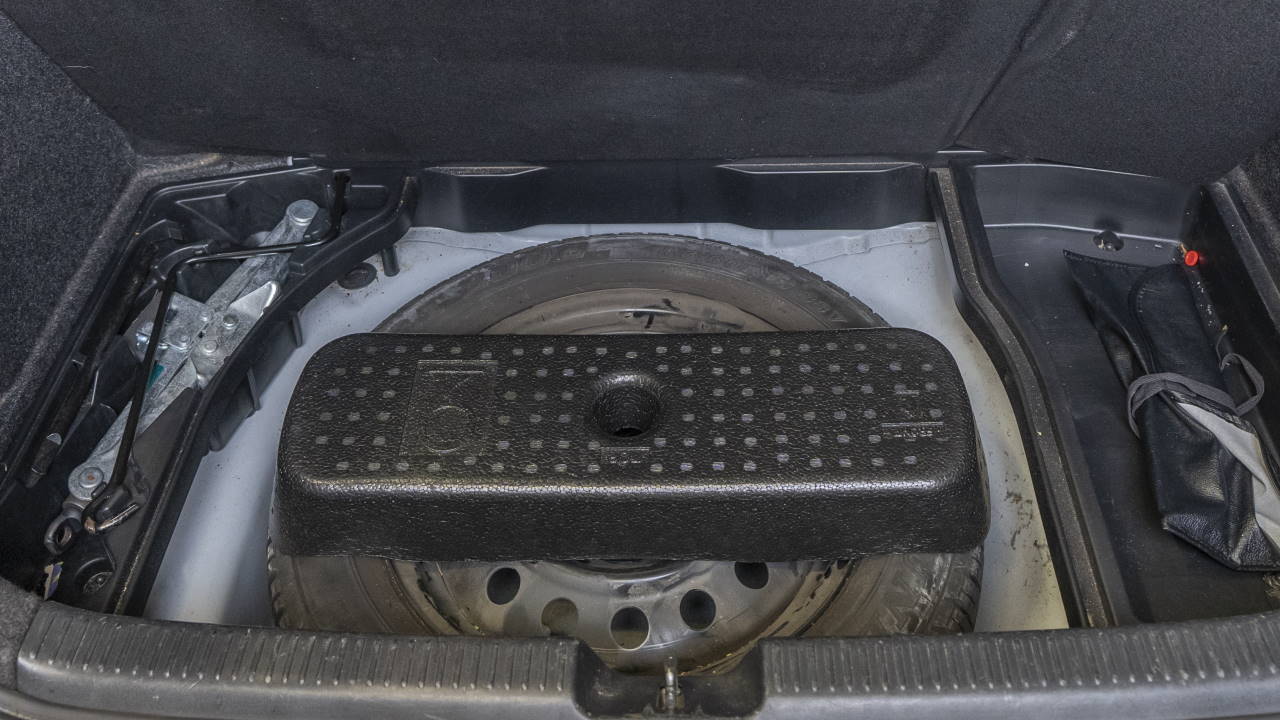
Checking spare tyre & jack
It’s always good practice to check the spare tyre pressure and tread at the same time. A working jack is a must for every spare tyre, so ensure you check it is in the car and is fully operational. The last thing you want is to be stuck on the side of the road without a jack, or with a spare that isn’t up to the job.
*Important information* - Click here to read more about our How-To terms and conditions.